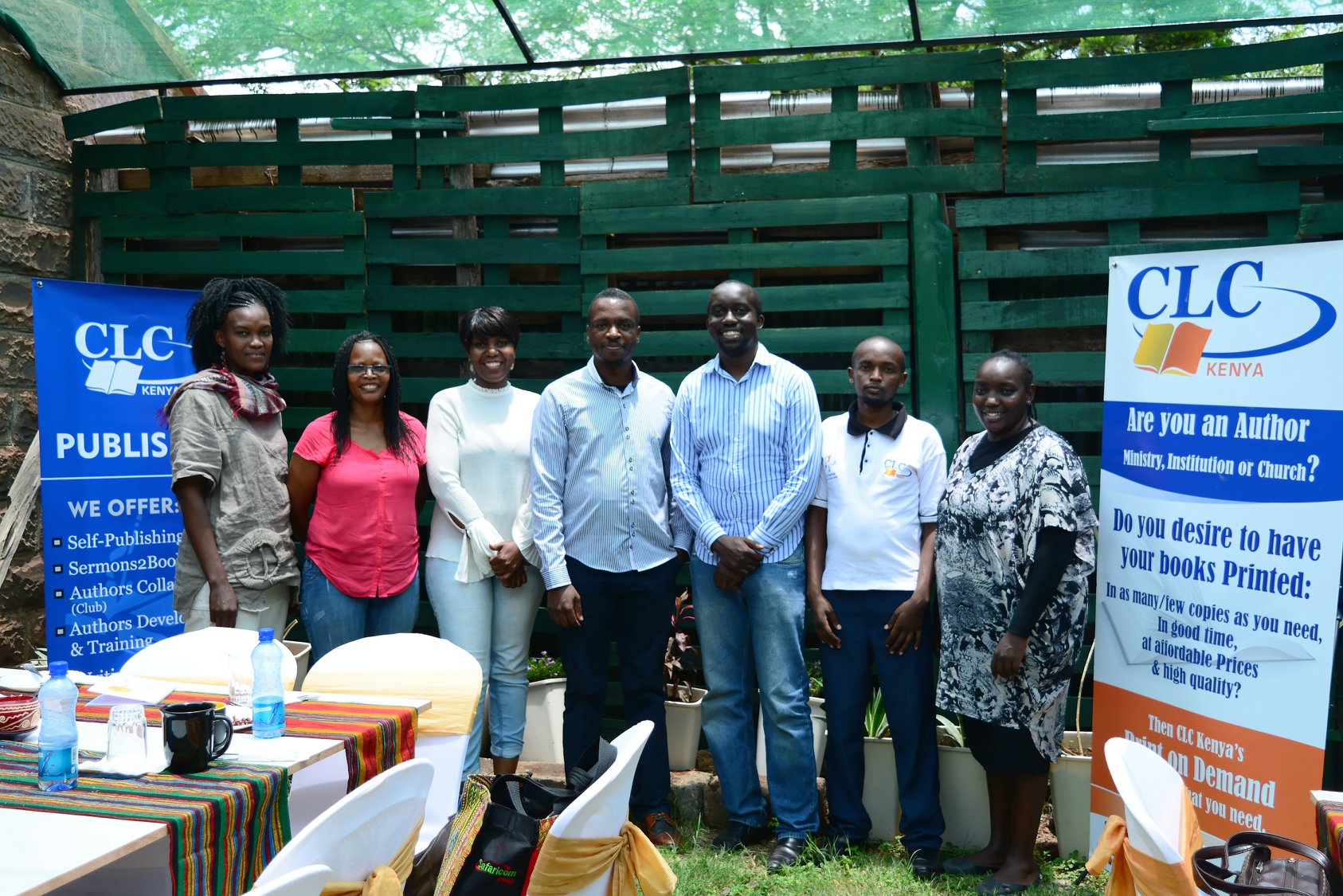Congratulations on getting to the end of your book writing. If your readers are in the conclusion chapter, it also means they read the whole book, they liked it, and now they want you to wrap it up. So don’t do rash it. Give them what they want.
The goal of a great ending is to tie everything together, neatly summarize your book, and then provide a specific call to action for your reader.
The Do’s
- Clearly summarize the book: This is the best thing you can do for your readers. It not only delivers value to your readers but also makes your book memorable (and recommendable). Let the readers know, what you, as the author learned and also, what the readers should have learned had they read the book from beginning to end. It should explain to the readers why they needed to read the book in the first place.
- Address any lingering issues and close any open loops: The reader should feel like everything is wrapped up in a bow and they close the book with a feeling of closure. Make sure you show your readers the “surprises”, the “plot twists”, the “coda”, the “afterthoughts”.
- Provide a call to action: A good call to action clearly tells the reader what to do after he/she reads the last word.
- Give even more: Point them to any additional resources you have that could help them further into the topic of discussion.
The Don’ts
- Don’t introduce any new content: This should only be a summarization of what’s in the book. You can have new stories or anecdotes, of course, but you should not have new content introduced at this point whether your book is fiction, non-fiction, or even academic.
- Don’t make it long: The rule of thumb is that it should be the shortest chapter in your book. Some conclusions are just a few pages long, so if you end up with two pages, that’s ok as long as you have achieved closure for your readers.
- Don’t break faith with your readers: Don’t try to sell products or services to your readers in a preposterous way that turns them off.
Here’s a Step-by-Step Guide
Grab the reader with a great hook by opening with an anecdote or story that wraps up the book.
This should be the introduction paragraph of your chapter. Every chapter should start with a hook. Even the last one. This can be a story that summarizes the book, or you can close a loop from earlier in the book. But the point is, the reader should feel like they do at the end of a good movie, where everything feels nicely summarized with a satisfying ending.
By this time, you’ve mentioned a lot of different topics. Usually, the easiest and most compelling way to begin the conclusion is by referring back to one (or more) of them. Or you can add another dimension to a story you already told or tie up loose ends.
Restate the book’s main idea – make sure you restate the book’s thesis. From the first chapter to the final chapter, your book’s anchor message should be consistent. While there is no “one true method” for figuring out what your book should be about, whatever message you decide one must be reflected and enforced in all the chapters of your book, including the conclusion chapter.
Summarize the chapters by tying together each chapter’s takeaway with the overarching theme of your book.
This is optional, but most good nonfiction books do this. They summarize the key points so succinctly and clearly that the reader can’t help but understand your lessons the same way that you do.
You want the reader to think about and talk about your book to their friends the same way you would if you could be there yourself. The best way to make sure they do that is to tell them exactly what to say. Specifically, it’s about nailing whatever you want your readers to remember about your book. What are the takeaways that really matter? How do you want them to talk about them?
If your book is a memoir, your conclusion also needs to complete your story arc, tying up any plot threads and subplots in your storyline so you don’t leave any cliffhangers. You might not summarize the plot points of each chapter literally, but you still want to remind your readers of the journey.
Call to action: what should the reader do when they finish reading your book?
What’s the first thing you want your reader to do when they finish the last word and put the book down? This is usually the final word, and it’s what you should leave them with on the final page.
A call to action (CTA) is not required in a conclusion, but most nonfiction books have them. It’s usually the very last bit of the conclusion, the final word to readers, and it ensures they know what you want them to do.
Authors generally adopt a different tone with the CTA—one that’s not just more explicitly inspirational but that’s also framed as an imperative. The underlying message of the call to action is straightforward and empowering: now that you have all the tools, go out there and use them.
This is good, and readers tend to like it. Some authors feel uncomfortable including such a direct appeal to readers because they may feel it’s unprofessional, and they can be right (sometimes).
Authors often want to be too inspirational in the introduction, and not enough in the conclusion. But this is when you can really tell your reader what to do, and be very direct.
What you do not want to do is write a glorified sales brochure. The last thing you want to do here is trying to pitch them something of yours to buy.
Think about it—you’ve spent the whole book earning their trust, and now you ruin it with a bad ending that tries to sell them?
Don’t do that. Most importantly because it doesn’t work very well.
Readers are smart. They’re interested in your topic because they’ve picked up your book. If they’ve made it this far, then they’ve already read an entire book’s worth of your knowledge and expertise.
They can form their own conclusions when it comes to contacting you.
That said, if you do want to suggest they contact you, do so authentically—from a place of trying to help them, not yourself. Tell them you want to hear from them, or that you want to help them move forward.
If your website or the name of your firm is in your bio or About the Author Page sufficient. Give them your email in the conclusion if you like—but only if you’re sincere about responding to them.
Ultimately, your goal is to provide so much value to them that they respect and admire you and your work, and choose to contact you because they have sold themselves on wanting to, not because you sold them.
Some authors want a more explicit CTA, such as directing readers of the book to a specific landing page. This can work, as long as the page you’re directing them to gives the reader something.
But it has to be something they’ll see as extra, not something they’ll feel should have been in the book. For example, a map or chart that is additive, but not crucial, to the content is great.
What you don’t want to do is give them something on a landing page that makes them think, “Why isn’t this in the book?” That just breaks faith with the reader.
Subscribe to join me, let's journey together...




